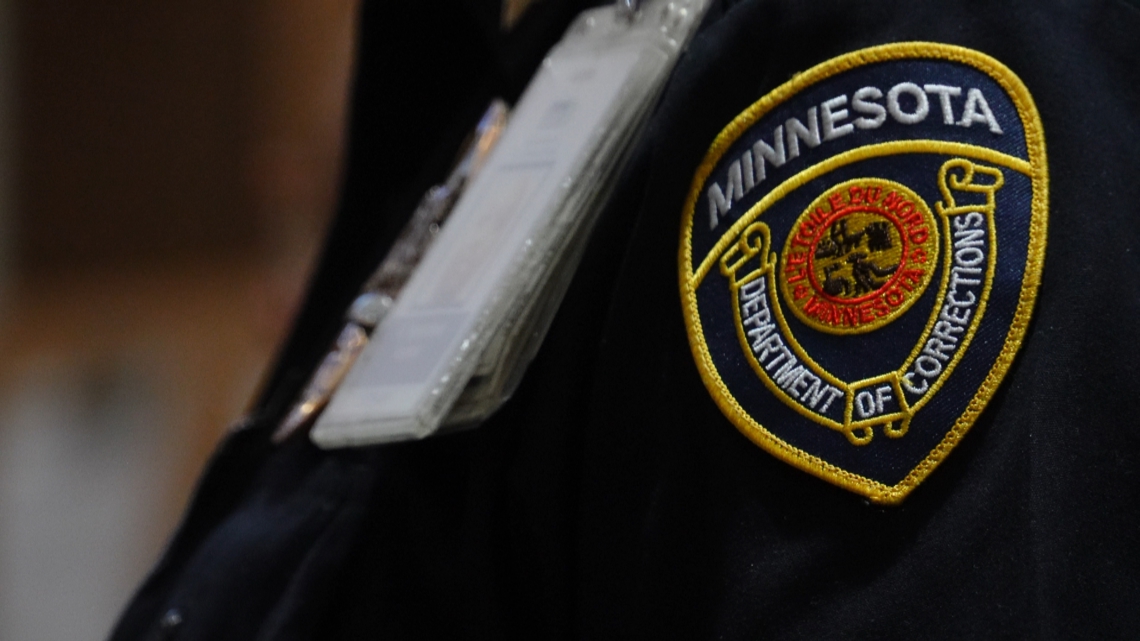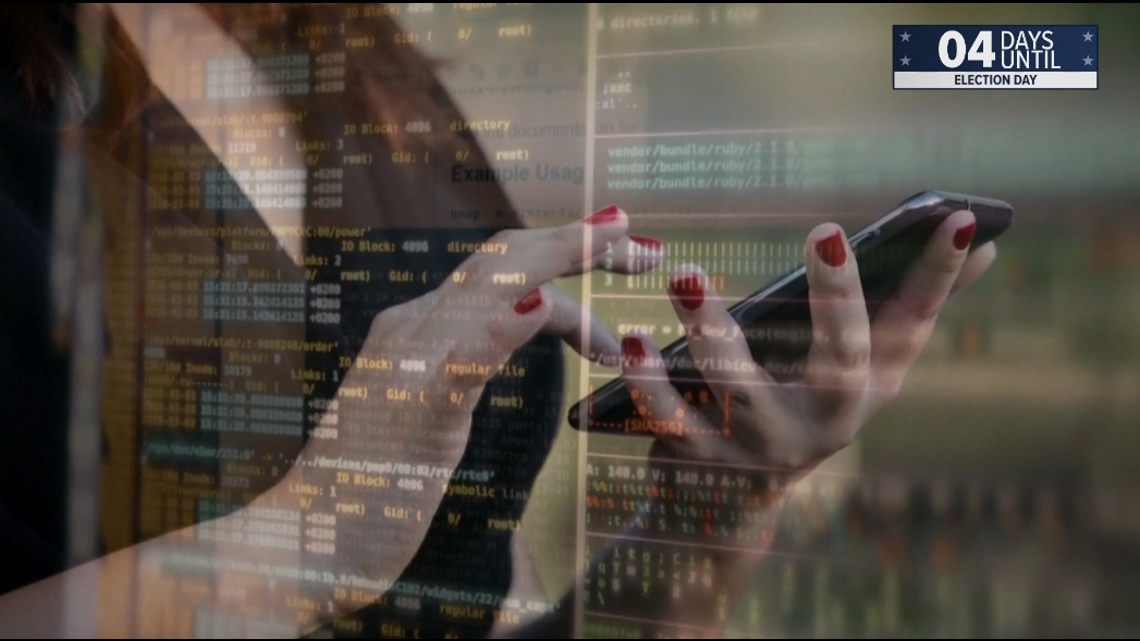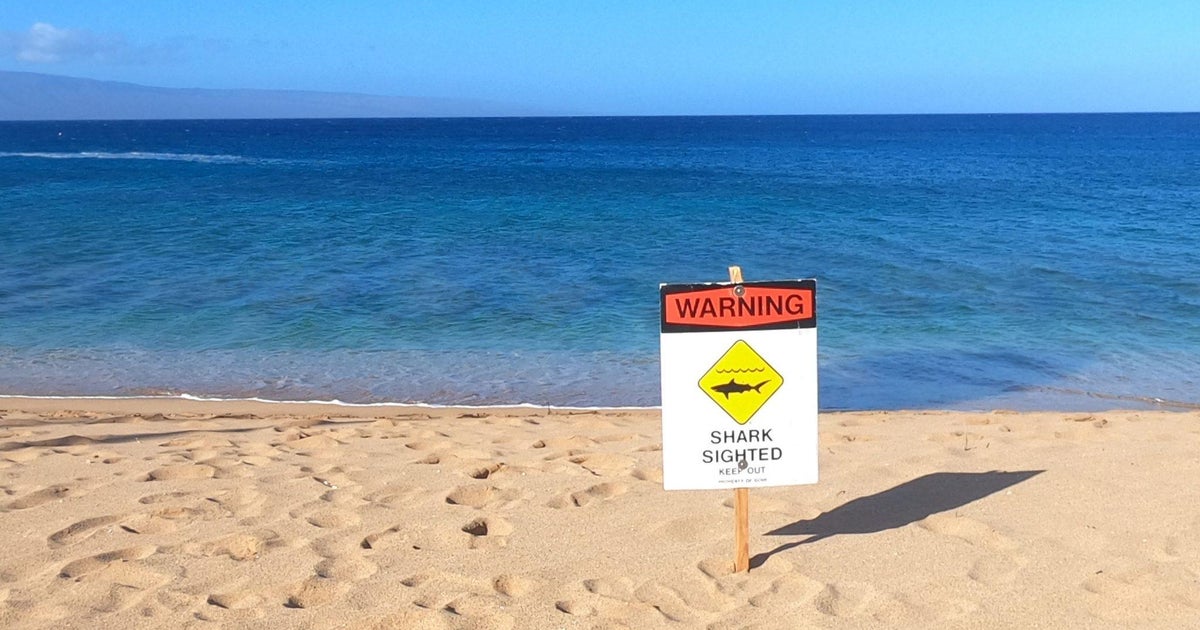Kare11
Wisconsin U.S. Senate race among most competitive


The race between Democratic Senator Tammy Baldwin and Republican challenger Eric Hovde has tightened to just a few points, according to the latest poll.
HUDSON, Wis. — As campaign season winds to a close, the U.S. Senate race in Wisconsin has emerged as one of the nation’s most competitive, with tens of millions of dollars flowing from incumbent Democrat Tammy Baldwin and Republican challenger Eric Hovde.
The latest Marquette University Law School poll shows a tightening of the race in recent weeks, with Baldwin leading by only a few points. With Democrats holding only a narrow majority in the Senate, a handful of races such as Wisconsin’s may determine the balance of power in the federal government’s upper chamber.
On Friday, Hovde made a stop across the river from the Twin Cities in Hudson, where he addressed a group of voters at Ziggy’s restaurant downtown.
The candidate highlighted his background in business, which includes real estate development and banking, and laid out an economic agenda.
“The first thing we’ve got to do is stop the underlying cause of inflation because people have been hammered. It’s the food costs, everything they buy,” Hovde said. “Look at the cost of buying an automobile or a used automobile. It’s through the roof, or housing costs. So we’ve got to tackle that, which is the reckless spending that’s been going on in D.C.”
Meanwhile, Senator Baldwin spent the week on a five-day bus tour of the state. The campaign estimated that Baldwin traveled more than 1,000 miles between 16 different counties.
During this tour, Baldwin also focused on similar kitchen-table economic issues. At one stop in Wausau, for example, she expressed support for cracking down on price-gouging, which Vice President Kamala Harris has also pledged to do if elected.
“The supply chains were fixed. Input price for producers has gone down,” Baldwin said, “and they haven’t readjusted the price down.”
According to USA Today, more than $180 million has been spent in this race, making it the sixth-most expensive U.S. Senate race in the country. Both sides have run a series of negative advertisements against one another.
“The advertising is hard to wrap your mind around. There’s so much money coming in this race, which is not unlike a lot of races around the country,” said Neil Kraus, a professor of political science at UW-River Falls. “What we’re seeing now is just a flood of advertising in every conceivable venue, a lot of it done by campaigns but a lot of it done by these outside groups.”
Unlike its neighbor Minnesota, where all statewide offices are held by Democrats, the state of Wisconsin is much more politically mixed. The governor is Democrat but the legislature is controlled by Republicans, and there is currently one Republican and one Democrat representing each of the two U.S. Senate seats.
“There’s different traditions here. A pretty strong independent tradition, a strong Democratic party tradition, a strong third-party tradition and a very strong Republican tradition,” Kraus said. “It’s become almost exactly split, almost precisely evenly split between the two parties.”
With the stakes so high, both candidates have campaigned aggressively. For Baldwin, that has meant emphasizing abortion rights. During a debate in October, she called attention to past comments Hovde made while campaigning for political office in 2012, in which he said he was “totally opposed to abortion.”
“My opponent has said he’s 100% opposed to abortion rights,” Baldwin said. “I’m trying to lead the way, to restore Roe.”
In an interview Friday after his event in Hudson, Hovde clarified that he supports exceptions for rape, incest and the life of the mother, as well as a right to choose “early on” in pregnancy. He also said he would not support any national ban on abortion, if elected to the Senate.
“No, Senator Baldwin has been just running one lie after another. I do not support a national abortion ban. I’m opposed to that,” Hovde said. “I believe the people of Wisconsin should decide this through a referendum.”
Kare11
Everything you need to know before voting in Minnesota


Nearly a million Minnesotans have already cast their vote, and you can still vote early in-person through Monday.
MINNESOTA, USA — Nearly 1 million Minnesotans have already cast their vote, according to the Secretary of States Office, and you still have time to vote early in-person through Monday. But before you do, here are a few things to know.
If you plan to vote early, you can vote anywhere in your jurisdiction. However, if you plan to vote on election day, you can only do so at your designated precinct. You can find your precinct here.
If you are not registered to vote, you need to bring one proof of residence. The most common thing to do is show your Minnesota driver’s license. If you don’t have one, you can show another photo ID including an out-of-state driver’s license or a passport and an additional document showing proof of residence in Minnesota. A list of accepted forms of identification and proof of residence can be found here.
“The process itself, we try to make it as simple as possible,” said Minneapolis Director of Elections and Voter Services Katie Smith. “We’ve planned, we’ve prepared for anything and everything, but the overall spirit and the overall vibe at the polls has been really positive.”
Before you head out, you need to be aware of the dress code when you go to vote.
“We can’t have any campaign-related materials at the polling place, and that can include things like a pin, a button, a hat,” Smith said. “So leave those at home when you head out to vote.”
Hours at the Early Voting Center in Minneapolis are as follows:
- Saturday & Sunday, Nov. 2 & Nov. 3 — 9 a.m. to 3 p.m.
- Monday, Nov. 4 — 7 a.m. to 5 p.m.
On election day, polls in Minneapolis are open from 7 a.m. to 8 p.m. If you are voting by mail, your ballot must be returned by 8 p.m. on Tuesday night. Election officials say to find a time before then to drop off your ballot at the election office in your area.
If you have been convicted of a felony, but are not currently incarcerated, you are able to vote.
Kare11
DOC Commissioner explains changes to mail system


Mail will now be sent to Maryland to be screened by TextBehind, who will copy the mail and send it to Minnesota prisons.
ST PAUL, Minn. — Mail sent to Minnesota prisoners will now make another stop before finding its way into jail mailboxes. Starting Nov. 1, the Minnesota Department of Corrections is now under contract with TextBehind, a mail screening service, to check mail before it makes its way into Minnesota prisons.
TextBehind is based in Maryland, meaning mail will make its way there first before heading back to Minnesota. Mail sent will also be copied, and the copies passed along.
DOC Commissioner Paul Schnell says that decision comes down to safety.
“We have to deal with problems as they present,” he said. “And this is a problem that has presented.”
That problem stems from synthetic drugs making their way in through the mail system. In the Stillwater prison, an inmate has died and several staff members were hospitalized because of those drugs.
Schnell says many of their facilities aren’t equipped to properly screen mail like TextBehind can.
“It goes to a place that has, that is set up for this kind of work. Hooded, vented, all of that kind of stuff,” Schnell said. “We don’t have the venting, remember, most of these, many of these facilities are over 100 years old.”
Copies of mail are not new inside some Minnesota prisons. Stillwater was one of three facilities photocopying all mail, then returning the copies to inmates. Originals were destroyed.
Inmates voiced their concerns to KARE 11, saying copies don’t hold the same emotional value as originals – like drawings and handwritten letters – do.
“I understand that there’s a level of, you know, sensitivity, and some personal nature that can be lost in that,” Schnell said. “At the same time, you can’t let people die in prison, and we’ve had people die in prison.”
Schnell also says this will save costs. That contract is $540,000 and is currently just for the next year.
“The reality is that we can look at one facility where we were piloting and saw that our toner costs were running near $20,000. That’s just toner, that doesn’t include staff time, that doesn’t include the machines that we had to rent,” Schnell said. “So you start to add this up across the system, and you can start to see really quickly how that $20,000 is $240,000 for a year in one facility… this is $540,000 for all 8,000 incarcerated people who are in custody.”
Schnell says this will also speed up mail delivery. He says when staff inside Minnesota facilities were copying mail themselves, they saw delays of nearly two weeks at times.
Inmates KARE 11 spoke with told us they had concerns about the new mail system, saying they believe some won’t want to send letters, knowing it has to go all the way to Maryland. Others said there’s more that can be done without having to change the mail system.
“We need all hands on deck, you know what I mean? Just can’t be one side, you have to be both sides,” James Reed, serving time in Stillwater for murder, said.
Others say there needs to be more programs set up for inmates to succeed. Rich Scheibe, also serving time inside Stillwater for murder, says he supports starting a group for those trying to break their addictions.
“There isn’t a single Narcotics Anonymous support group in here. There’s Alcoholics Anonymous, yes, but not Narcotics Anonymous, and they are two very distinct addictions,” Scheibe said. “So I think that’s one thing that really could be initiated in here to help at least address that issue.”
We asked Schnell if there was a possibility of synthetic drugs ending up inside facilities by ways other than through the mail.
“We’re always going to be focused on policing ourselves. We have, to that’s the fundamental to public trust,” he said. “That’s fundamental to making sure that that’s good security, and so, we are going to continue to do that? Are we going to step that up? We want to make sure we’re stepping up all efforts that are going to improve the safety for everyone who lives in or works at these facilities, and if that means that we’re going to we do additional search stuff with our staff, that could happen.”
Kare11
Targets of election deepfakes extend beyond the candidates


The CEO of Reality Defender says his biggest concern are localized deepfakes that could undermine election staffing, turnout and overall trust.
MINNEAPOLIS — When a deepfake robocall of President Biden urged New Hampshire residents to stay home during the primary election back in January, many wondered how something similar might be used to manipulate voters in the general election.
“It’s a question we’re getting every day, probably actually a few times a day given the prevalence of (deepfake) tools,” said Ben Colman, co-founder and CEO of Reality Defender, a company that uses artificial intelligence models to detect AI generation and manipulation in audio, video, images, and text.
Colman said he’s seen the amount of election-related deepfakes climb even more in recent weeks.
“We’re seeing tens of thousands, if not hundreds of thousands of social media accounts that themselves are deep faked accounts where the profile photo is fake, the media is fake and they’re being used to propagate and create a bit of an echo chamber to make certain topics more trending than others.”
Kent: “What would you tell people about how to defend against it?”
Colman: “Our company is 50 people with a five-to-one ratio of PHD researchers and engineers to non-technical (staff). Even the PHDs in our team cannot tell the difference with their own naked eyes, which really means that an average person doesn’t stand a chance. What I tell people is, you know, be really careful where you’re seeing media. The challenge as the consumer is that the platforms themselves – social media and streaming – are doing nothing. If anything, they’re benefiting from the echo chamber for more clicks for more advertising, more revenue. We used to say trust but verify. Now we say you can’t ever trust and you always should verify and just be very careful where you’re getting your information from.”
Erdahl: “What keeps you up at night when it comes to this election?”
Colman: “It’s not the famous people, it’s not the deepfakes of Kamala Harris or Donald Trump. It’s the deepfakes that may affect the most junior people who are the most important to facilitating a safe election. We are seeing poll workers getting potentially deep fake phone calls for them to go one place or not go one place or perhaps saying that a polling location is closed. And if you think about the tightness of the races in regions like Michigan and Wisconsin, the challenges are really, really dangerous.
I also think about average citizens getting a phone call from their boss saying I need to work early, or getting a phone call from someone who sounds like their husband or wife saying come home early. In certain areas of the country when less than 10,000 votes can sway the whole country’s electoral process. It’s not that many people that are needed to actually change the vote, so that keeps me up at night.”
While there’s no quick fix for the days ahead, Colman says Reality Defender is working with some companies on ways to detect deepfakes on their platforms.
“With AWS and NVIDIA, we launched our real-time video AI detection,” he said. “So for the Zoom we’re having right now, we can – in real-time – detect if you or I are real or a deepfake.
We also recently announced a partnership with Eleven Labs on how we can better detect their generative AI model. So you could think of us as anti-virus software where we’re working with some of the kind of producers of potential dangerous tools to be able to detect them before any consumer has access to them.”




